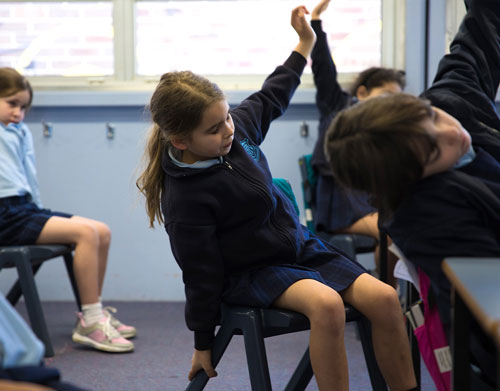Easy well-being activities for preschool and primary school classrooms
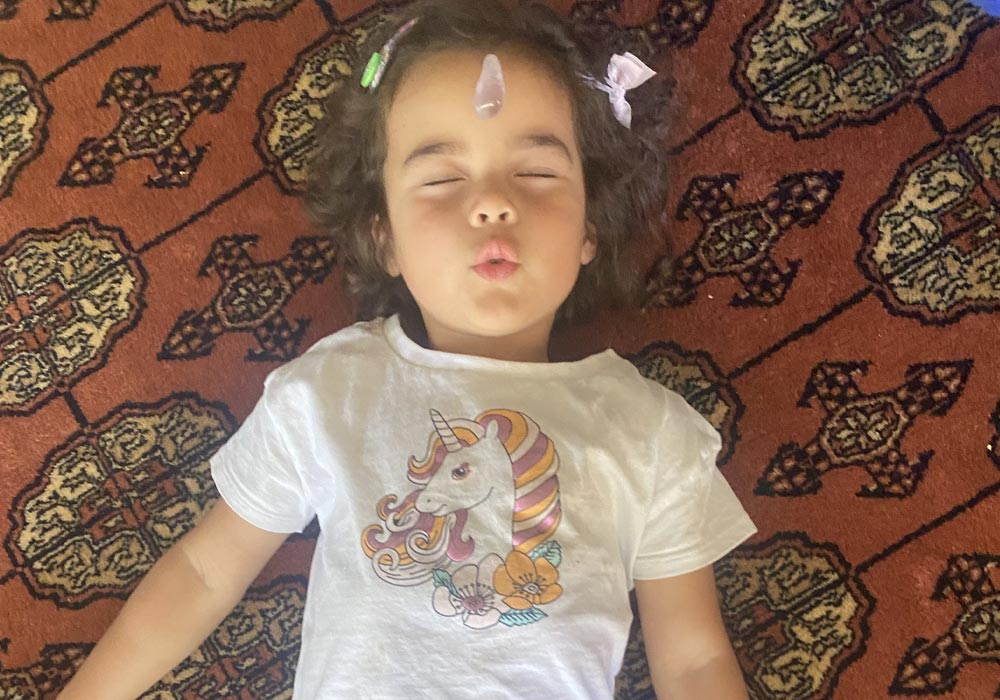
Introducing wellness activities to children in the early years is essential for their overall health and well-being. It's important to foster healthy habits and provide them with the skills they need to sustain a healthy lifestyle through their youth and into adulthood.
There’s no doubt that physical activity and healthy eating are essential elements of a child’s growth and development, but what about mental and emotional well-being? About 1 in 7 children and adolescents aged 4 to 17 are experiencing a mental health disorder in Australia. Currently 50% of these problems continue through the childhood years and beyond if they go unchecked.
As youth mental health issues grow, it is vital that we gain a better understanding of the impact they have on our children’s lives, and how we can ensure easy access to diagnosis and affordable care.
The time for early childhood mental and physical well-being is now
Research shows that the first 2000 days of a child's development play a key role in paving the road to a successful future. Early introduction to wellness must include taking care of their mental and emotional well-being too. Often the predominant focus is on academic and physical development with mental well-being a secondary consideration.
As we deal with the ever-increasing decline in the mental health of our very young, we need to ensure, with a measure of urgency, that they also receive tools to cope with, and manage, the social emotional challenges of ‘growing up’ alongside learning to read, write and do math.
Introducing well-being activities to preschoolers and primary school students
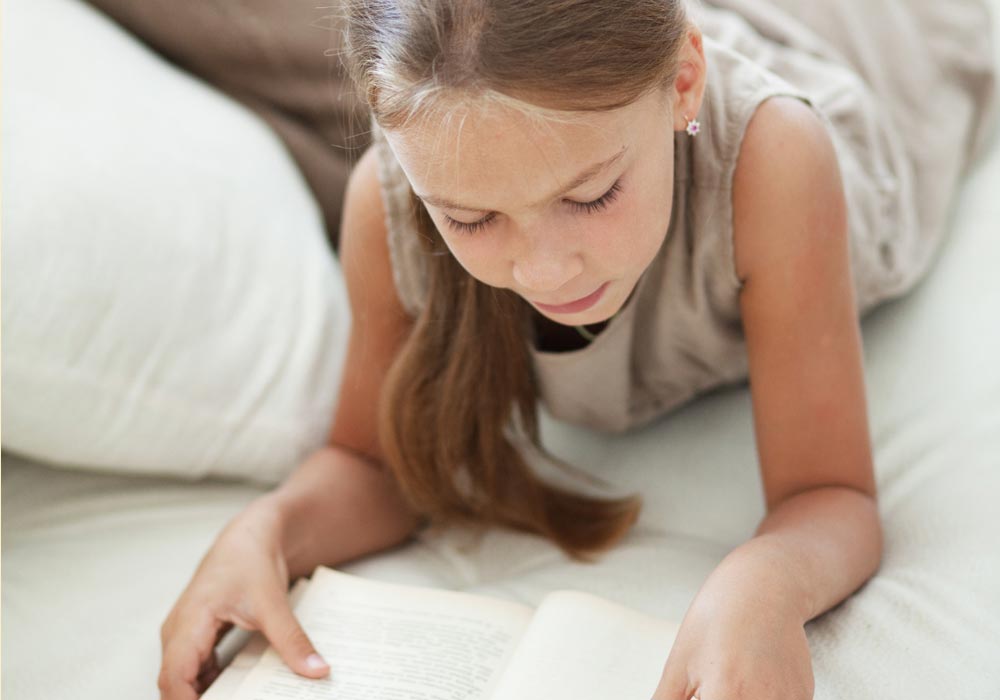
Early childhood activities should include activities that focus on building resilience, confidence and understanding emotions.
Here's some great ideas to include in an early childhood classroom to help nurture mental and emotional well-being:
Create a ‘safe space’, with a comfortable seat or cushion, where a child can take time out to calm down, or simply spend time alone listening to relaxing music (perhaps with noise-cancelling headphones) or paging through a book.
Little children can become overwhelmed easily. Give them somewhere safe to self soothe and quieten down.
Make mindfulness part of the daily classroom routine
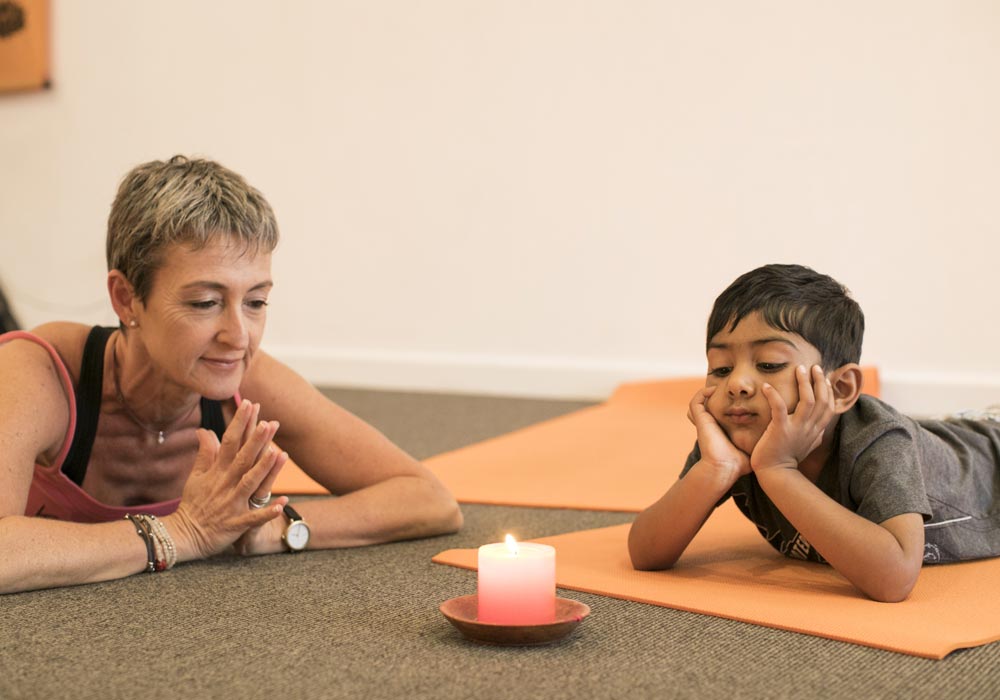
Create opportunities throughout the day to slow down, become quiet and focus on just one thing. This teaches children about mindfulness. Mindful opportunities allow them to pause and reflect, and to calm their busy mind and body.
Take a silent, mindful walk through the playground and look for just one colour or one shape. Enjoy a silent candle gazing meditation and watch the flame dance for a minute or two.
Teach young students to use their breath
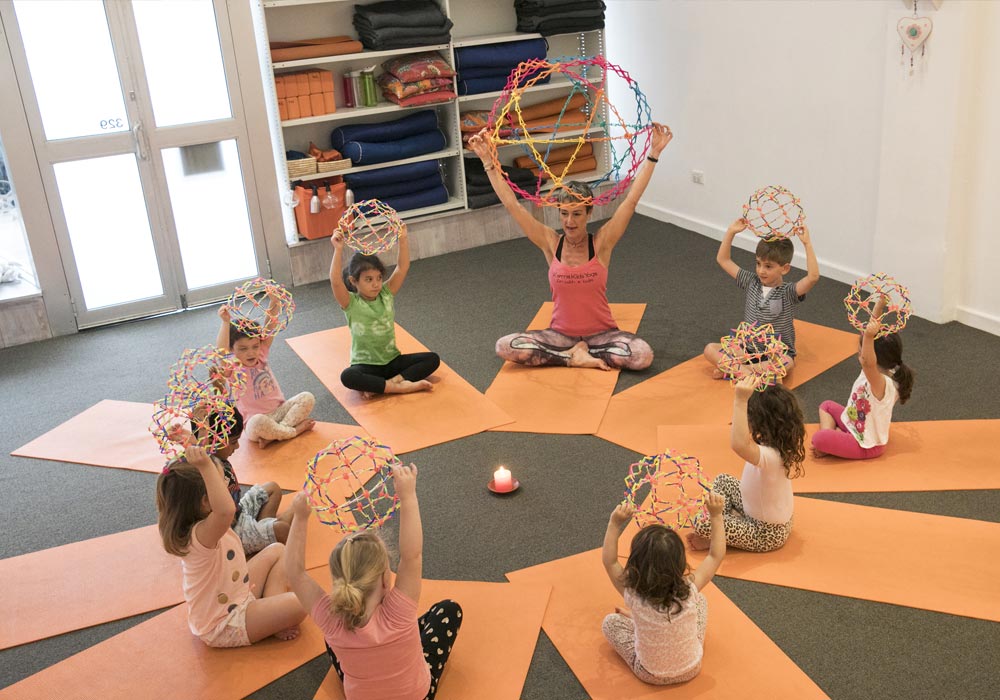
Our breath is magical. It can help us to instantly calm down or feel energised. Balloon Belly Breathing is a calming breath that children can use at any time to manage those bigger feelings. Just 90 seconds can help a child to self soothe and calm down.
Colour to calm
Encourage children to express their feelings through art in the classroom.
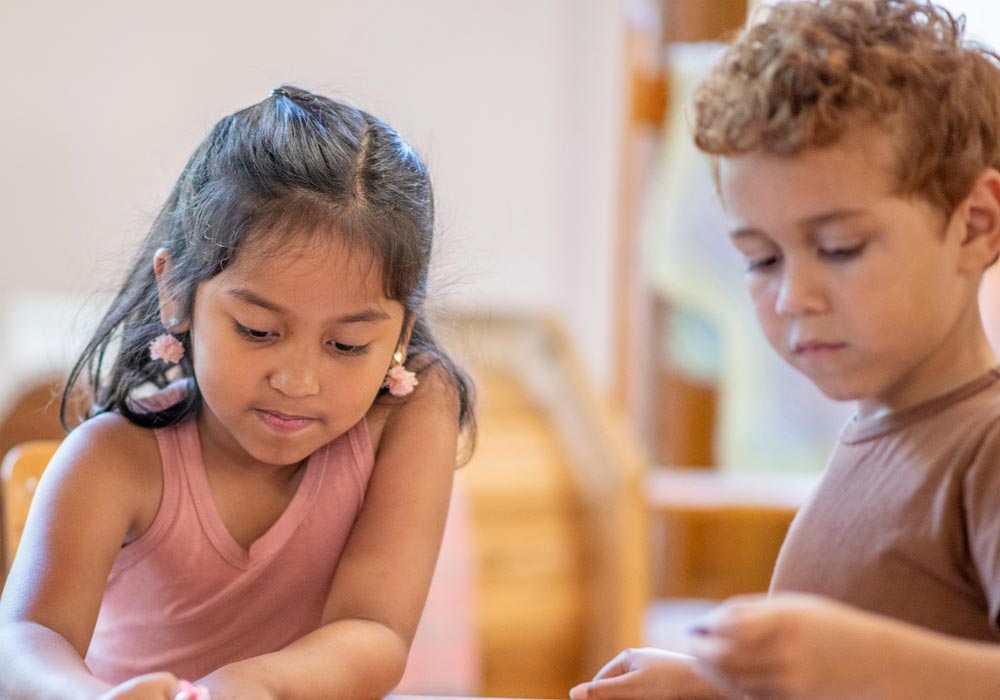
This activity is about slowing down, being mindful and taking your time to colour. It’s not about rushing and finishing. It’s a perfect activity to transition with, to start or end of the day, or on a rainy day or to soothe after a meltdown moment.
- Download mandala outlines or purchase a mandala colouring book.
- Make copies and give one to each student to begin a mandala colouring journey.
- Encourage students to colour slowly and mindfully, paying attention to colour, pattern and neatness.
- Spend 5-10 minutes colouring in silence and listening to a soothing piece of music. Return to colouring when you want to create quiet and calm.
Play outside providing as many open-ended opportunities as possible.
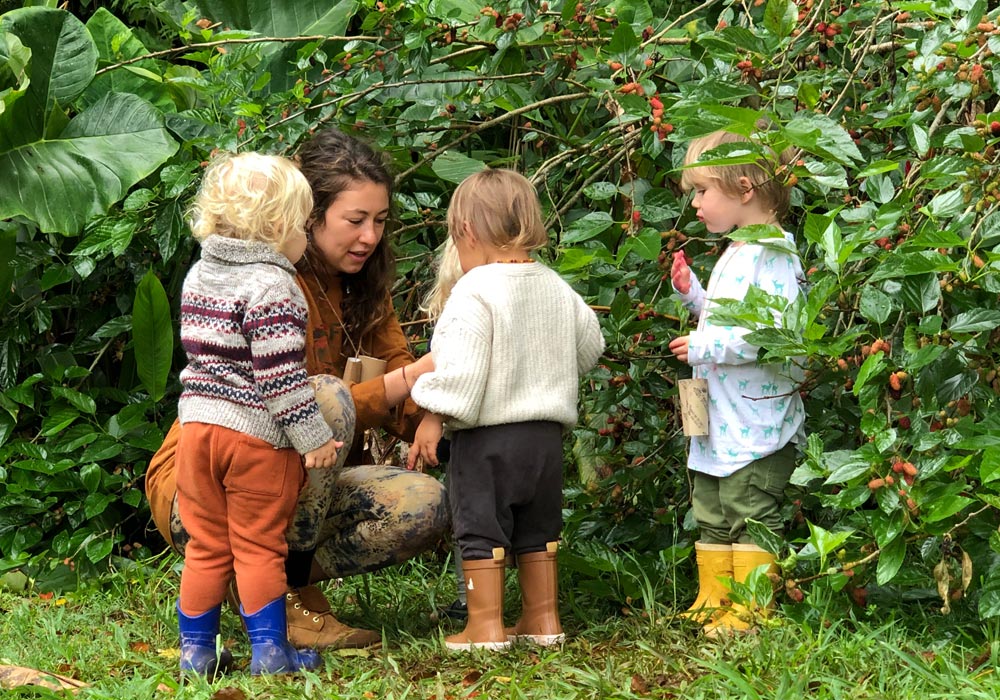
Let them explore the nature around them - look at stones, sticks, and leaves. Allow them to source and create with the materials they find themselves.
Storytime
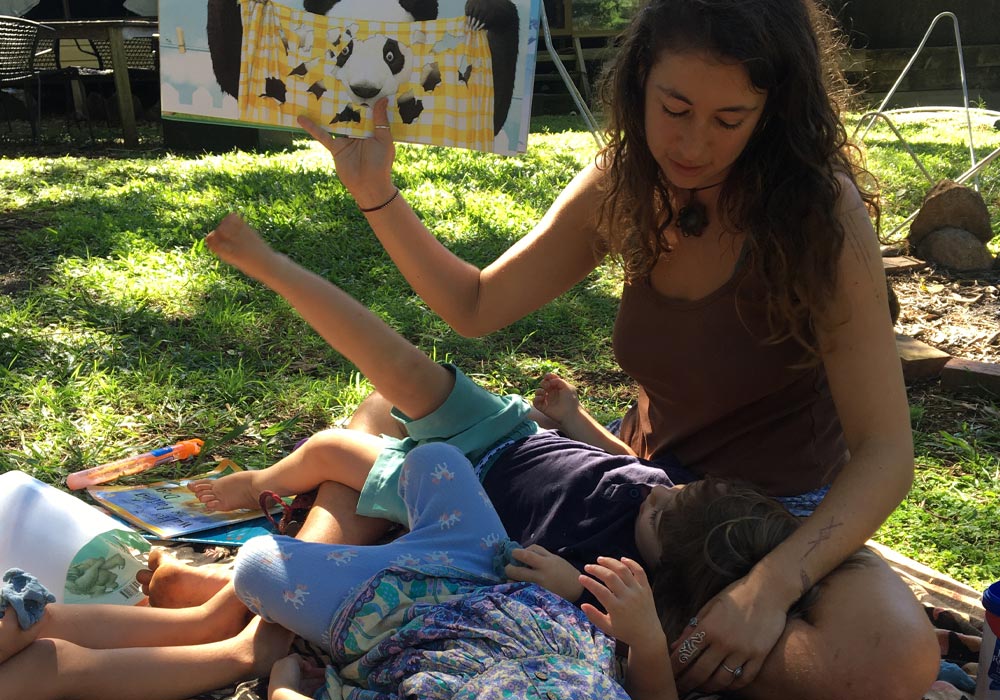
Read or create stories about emotions, expressing feelings and problem-solving techniques. Encourage conversation and invite the children to add to the story with creative solutions.
Imagination vacations – guided visualisation
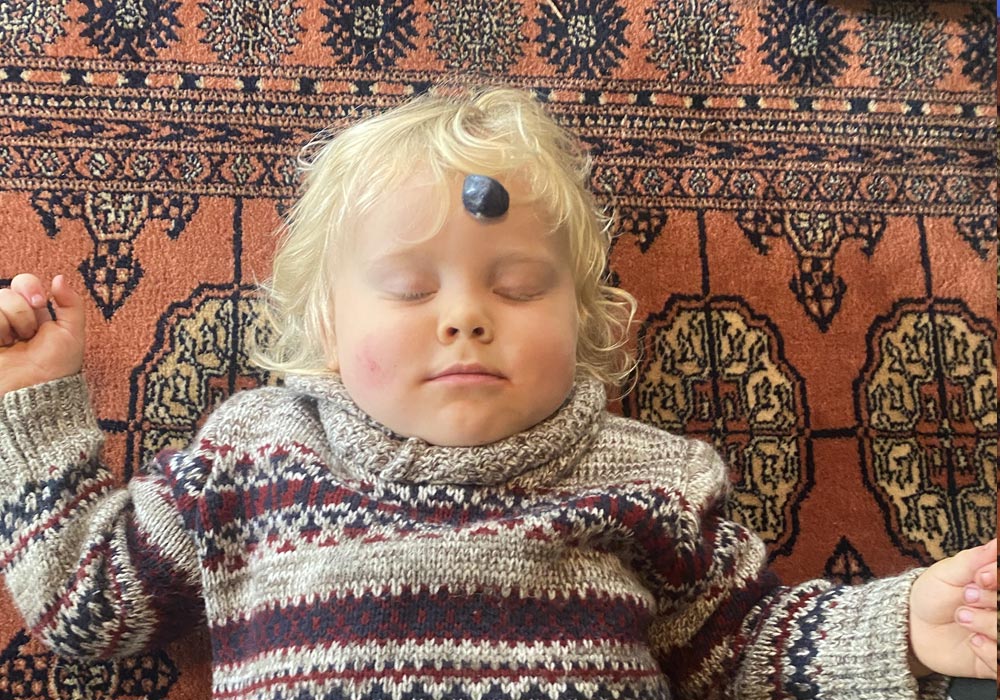
Guide the children through an imagination vacation where challenges, problems and those bigger feelings are addressed in a calm, loving and safe way.
Music
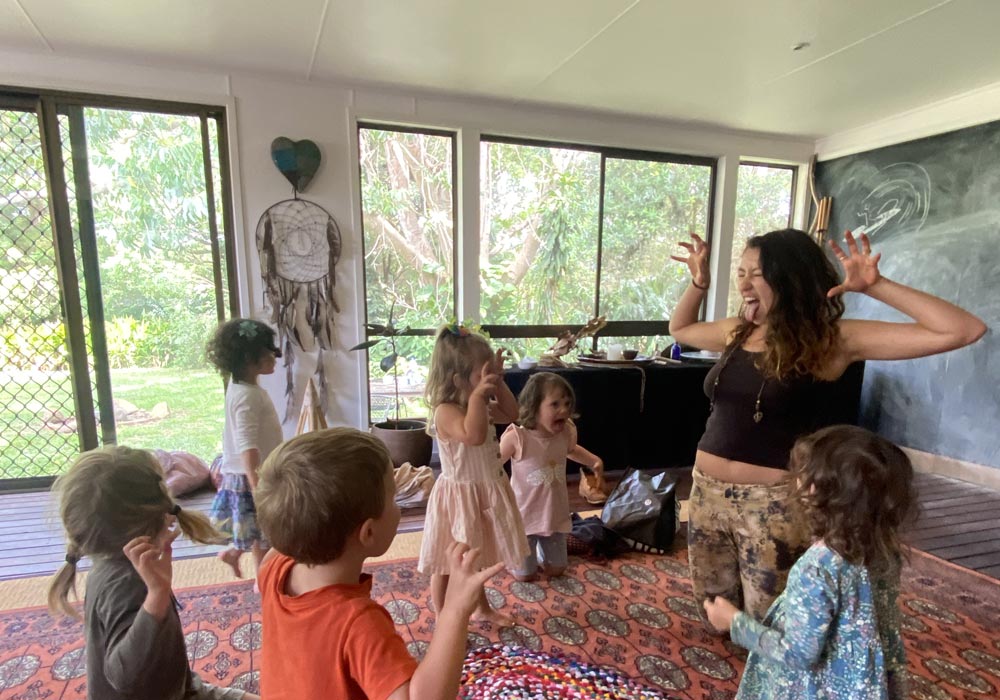
Music is a great way to release tension, express emotions and aid relaxation. Singing, dancing and playing music are great ways to shift energy. They can also be used to introduce new concepts like counting, colours and shapes and to encourage creative expression.
Mindful movement (yoga)
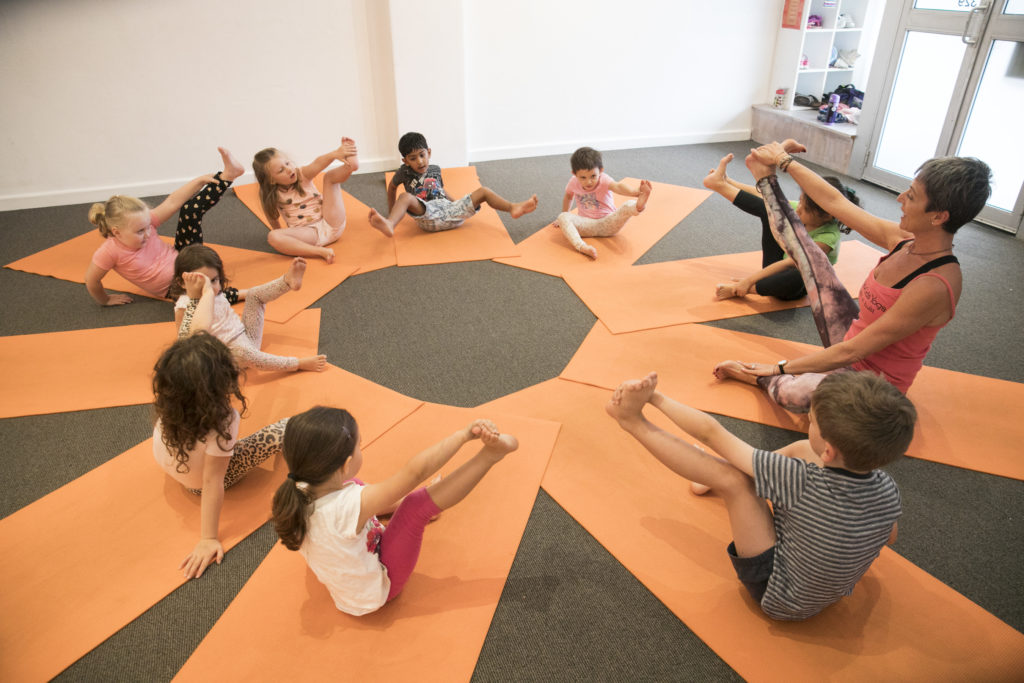
Moving mindfully with kids yoga allows children to develop body awareness and build strength, co-ordination and balance. It is well documented that stress and trauma reside in our cell tissues. Kids yoga is a fun way for young children to become strong, flexible and co-ordinated and release unwanted stress and tension.
Introduce little kids to some mindful movements through yoga, breath and mindfulness classes.
Let us show you what a Karma Kids Yoga class is like with our free trial session.
Wellness activities for primary school
Australian primary schools have come a long way since the 1950s. Back then there were no computers, internet access or digital learning tools. Typically, a child's first experience of formal education was in their first year of school.
Although we may agree that the quality of the education our children receive today has improved, we cannot ignore the fact that they are exposed to stressors much earlier than ever before. The pressure to excel academically, participate in extra-curricular activities and "fit in" is simply too much for many children. Add in the role of the internet, social media and peer pressure and we’re faced with youth challenges never been seen before.
To help young students build resilience to better manage the pressures of 21st century life, it is incumbent upon Australian primary schools to include appropriate wellness activities and experiences in the daily curriculum alongside academic learning.
Here's a list of wellness activities to include for primary school students:
Teaching children about their breath, and how to use it to create calm or release pent up energy, frustration or anger is essential is building resilience.
Belly breathing (as above) is fantastic to calm down.
Wood Chopping Breath is another great breathing exercise and helps to release big emotions or bring students back to focus when they have been sitting and concentrating for an extended period.
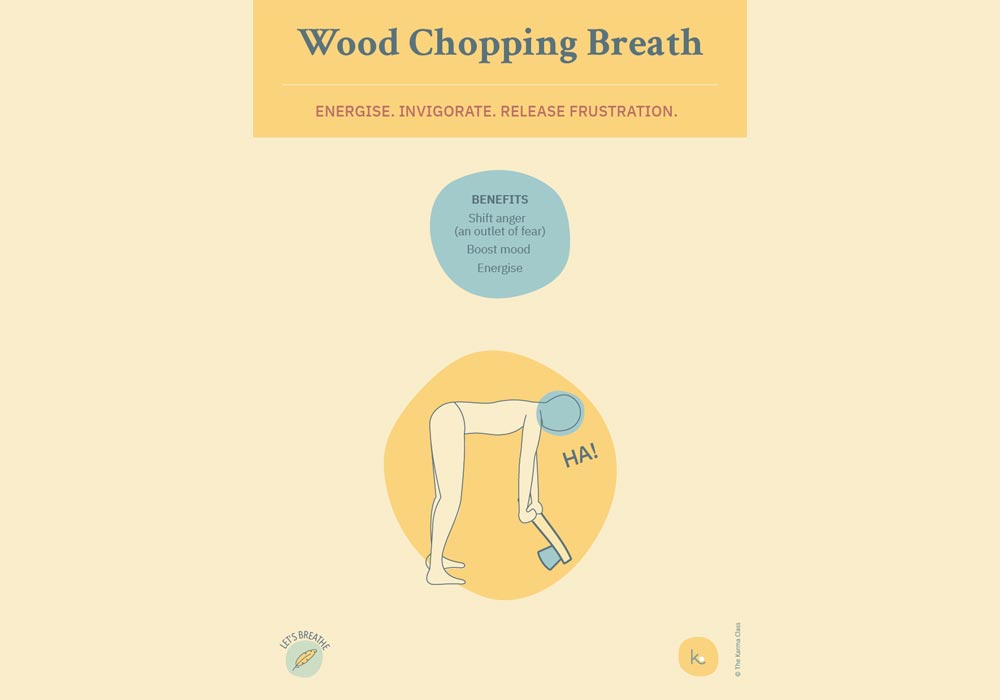
Instructions for wood chopping breath pose
- Inhale, raise arms out to the side, high and strong. Exhale arms down.
- Inhale, raise your arms forward and up, to above your head.
- Exhale and bend your torso forwards, arms swinging down towards the ground.
- Interlace fingers and pick up your heavy axe. Inhale, raise "axe: over your head.
- Exhale forcefully through an open mouth, saying the sound "ha!" in a strong voice as you swing your axe arms down and chop the wood.
- Do 3-5 rounds
- Dangle in a forward fold at the end and feel the release of the tension, frustration and anger.
Encourage young children to journal about their thoughts and feelings by writing and drawing in a notebook
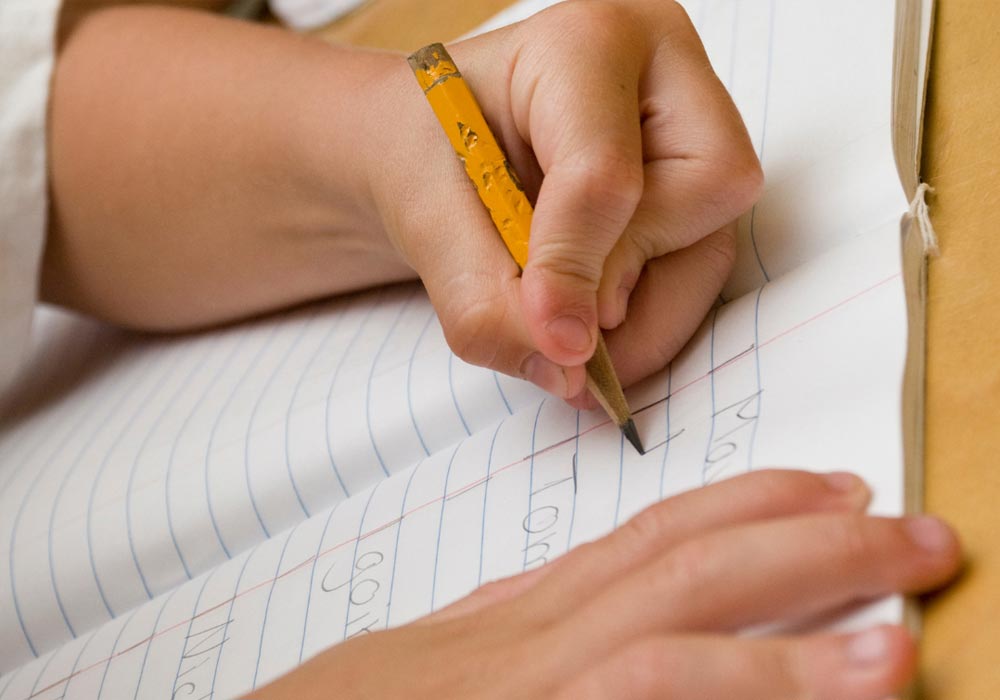
- Give each student an exercise book. Let them cover and decorate it as they wish.
- Explain that journaling is both calming and therapeutic (for younger primary children let them doodle and draw).
- Explain there is no right or wrong way to journal it's simply about expressing your thoughts, feelings and ideas.
Take a mindful walk
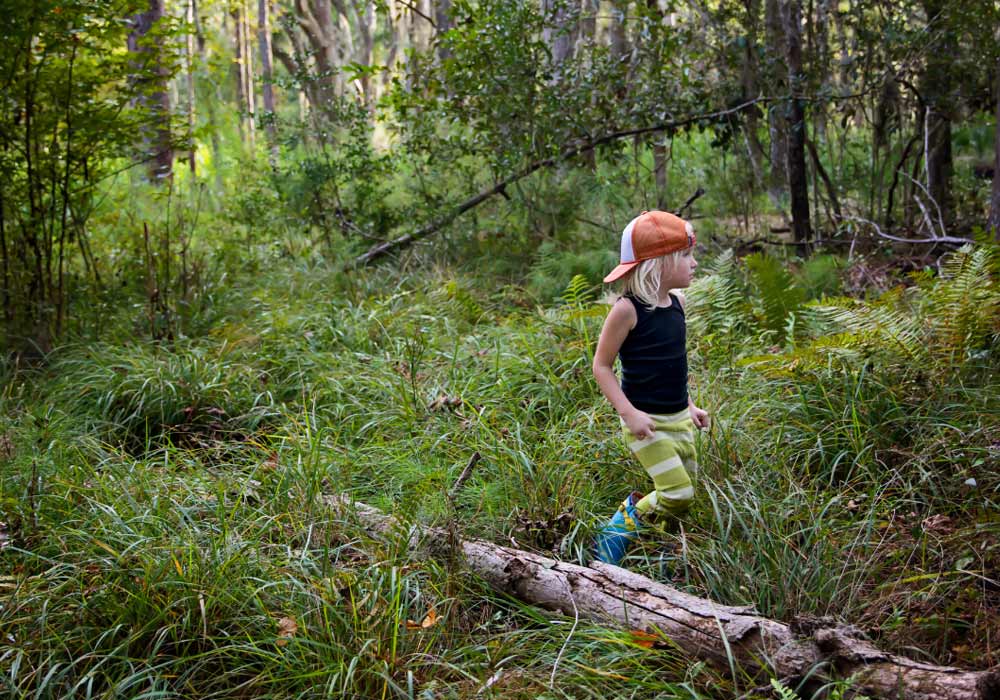
- Enjoy a silent walk through the grounds of the school.
- Before you begin decide on what you are going to pay attention to.
- Listen for different sounds and smells.
- Look for all the different colours or choose one colour and notice how many different shades there are.
- Notice the different birds or insects and trees, flowers leaves.
- Throughout the walk pay attention to each footstep, the air around you and how it feels on your skin.
- It's not a competition each student has their own experience.
Guided Meditation (Imagination Vacation)
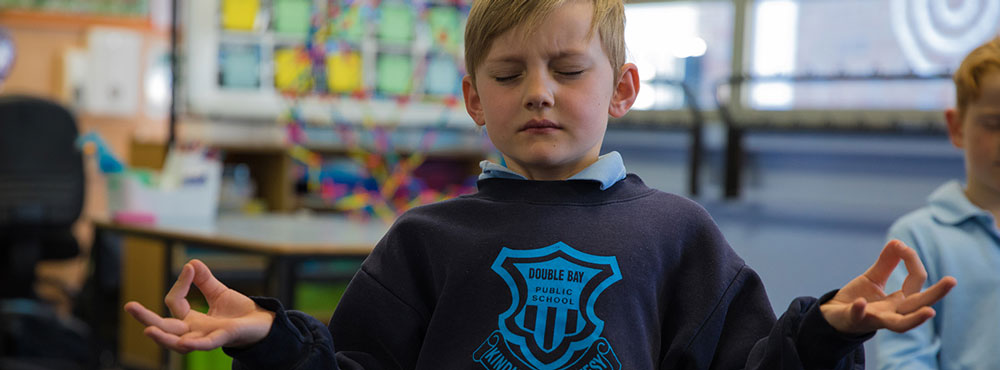
One of the most common mindful techniques used to nurture self awareness and help children to better understand their feelings, is through guided visualisations – an imagination vacation to a ‘happy place’ where they may be floating on a cloud, swimming at the bottom of the ocean, deep inside the rain forest or similar scenarios. This creative meditative technique mentally transports the child to an imaginary utopia where everything is peaceful and calm, and where they feel safe to connect to their inner wisdom and explore what may otherwise create distress or fear.
Incorporate positive affirmations and positive self-talk into the classroom
Enjoy group discussions that focus on building self-esteem, kindness, empathy and an understanding of vulnerability, such as the topics below:
Gratitude - name 5 things you are grateful for
Being a good person - kindness and compassion over possessions
I am enough - I am kind. I am strong. I care. I am generous.
Charity - helping others makes us feel good too
Contentment - being ok with how things are even when times are tough
Kids yoga poses at the school desk
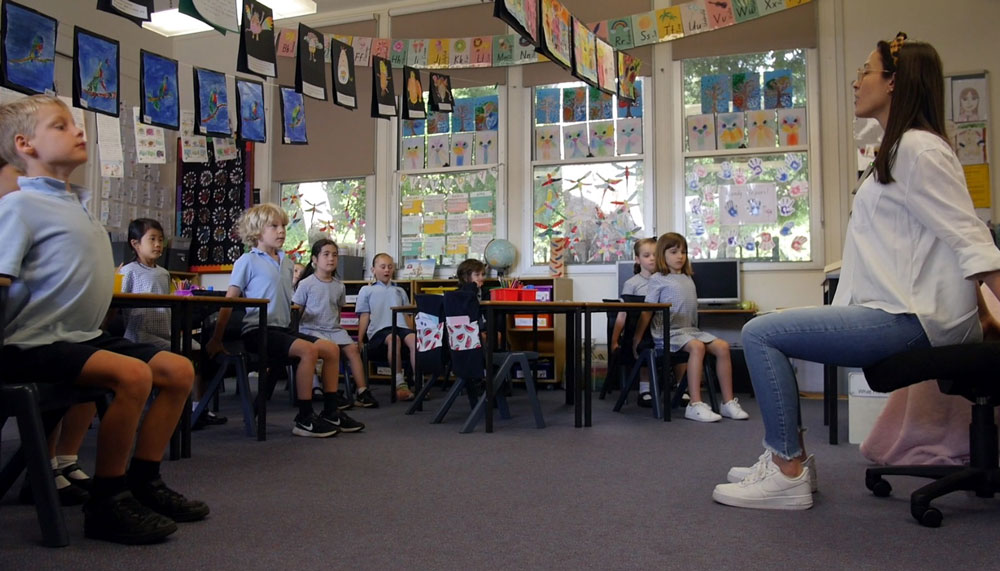
Having the expectation that students sit still, concentrate and not fidget for extended periods of time, often causes a number of problems: disruptive behavior; sluggishness; disinterest; lack of enthusiasm; lack of focus, to name just a few.
Furthermore, sitting hunched over a desk reduces the ability to take deep breaths causing a further lack in concentration and focus, and contributing to poor posture and a compromised digestive system.
Just a few minutes of Yoga and Breathing will bring a sense of vitality to your students by moving muscles, opening joints and ensuring the body’s systems function efficiently.
Re-oxygenate the brain and body with these At the Desk Poses (part of our Karma Classroom Cards)
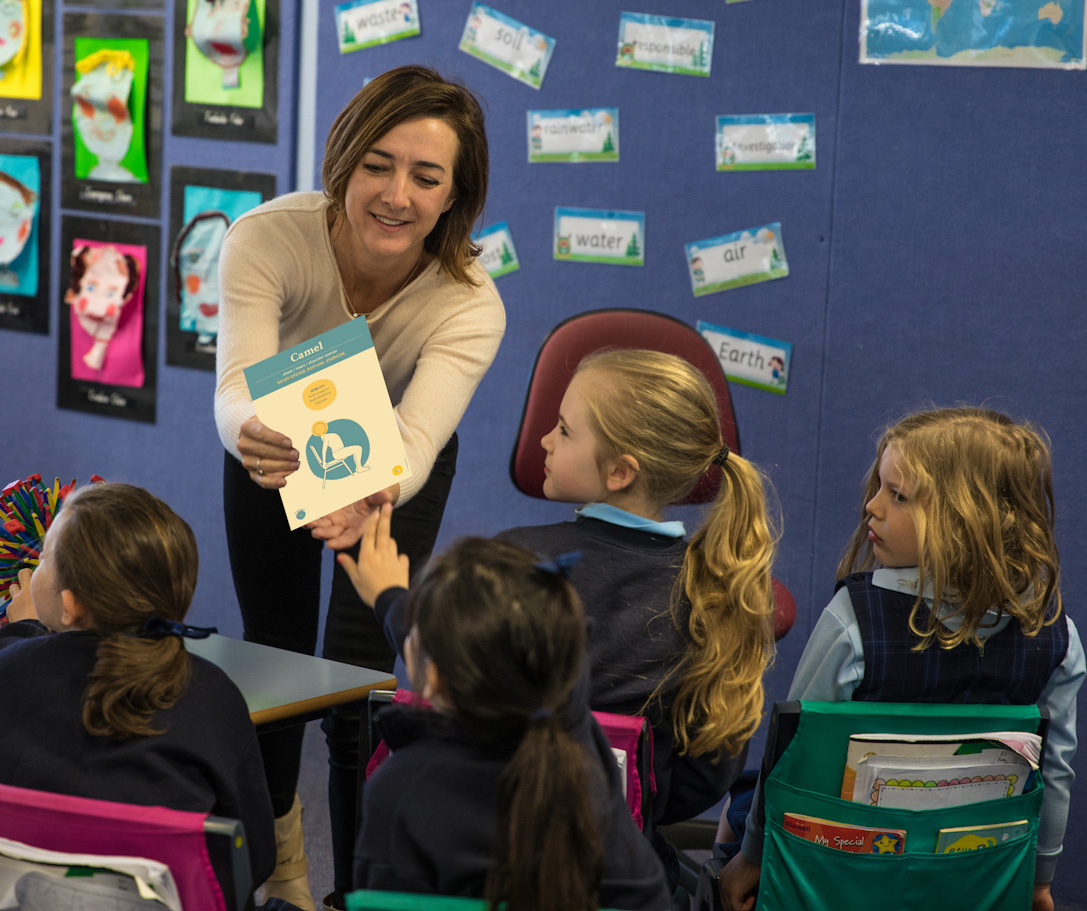
Seated ragdoll
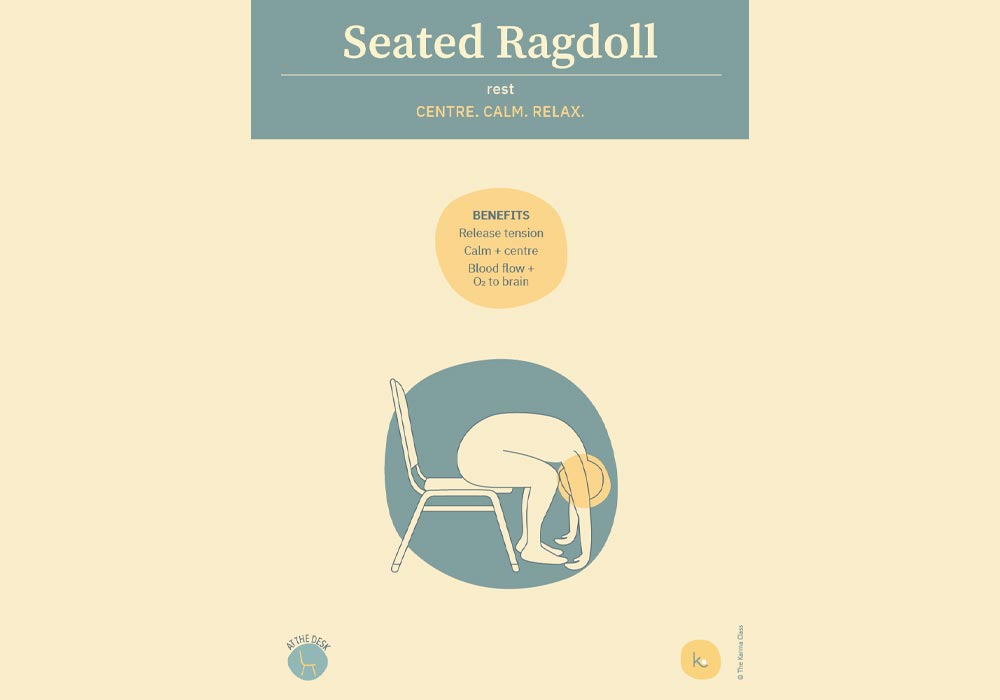
• Sit on your sitting bones towards the edge of your chair with a tall spine.
• Place feet firmly on the ground, hip width apart.
• Fold forward dangling your hands to the floor.
• Inhale into your lower back.
• Exhale, relax your neck, brain and jaw.
• Take 3 deep breaths - feel the release of your lower back.
Cat pose
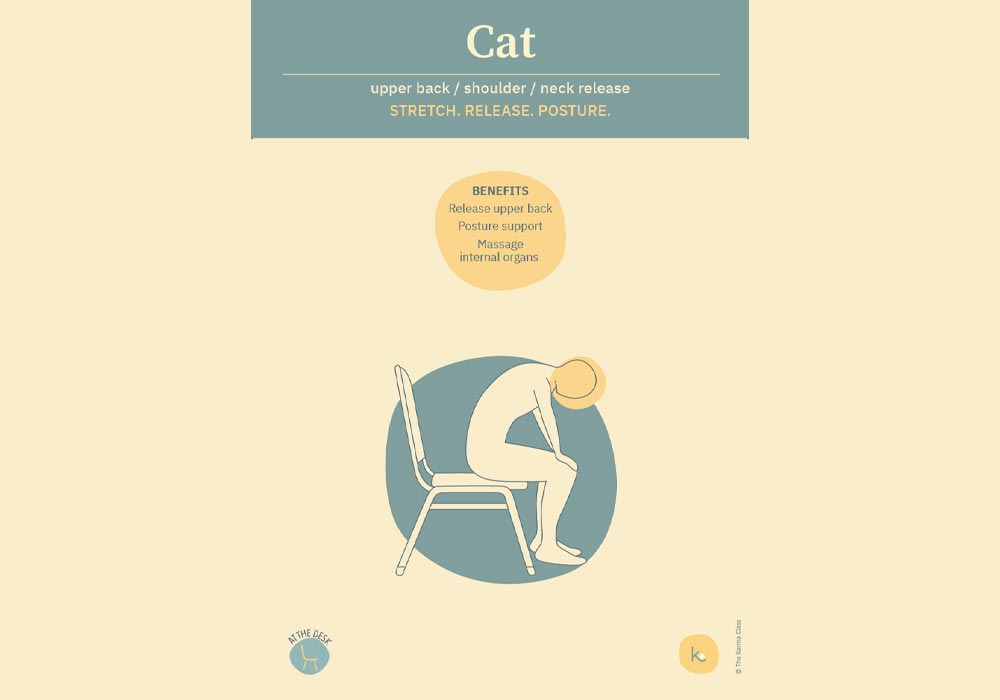
• Sit on your sitting bones towards the edge of your chair with a tall spine.
• Place feet firmly on the ground, hip width apart - hands on thighs. • Inhale into your chest.
• Exhale, round your upper back and tuck chin to chest.
• Take 3 deep breaths - feel the stretch across your upper back and the release of your neck and brain - relax back teeth and jaw.
Camel pose
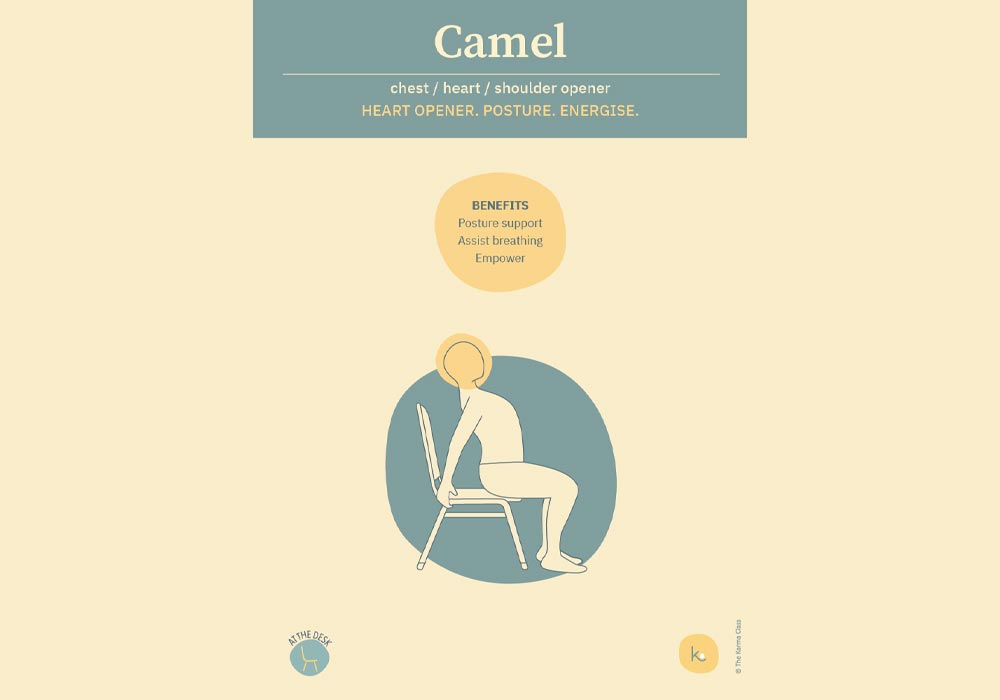
• Sit on your sitting bones towards the edge of your chair with a tall spine.
• Place feet firmly on the ground, hip width apart.
• Hold onto the back of the chair.
• Inhale, lift and open your chest - relax chin down.
• Exhale, glide shoulders away from your ears, draw your shoulder blades down and toward each other.
• Take 3 deep breaths - feel your chest open.
Extended mountain pose
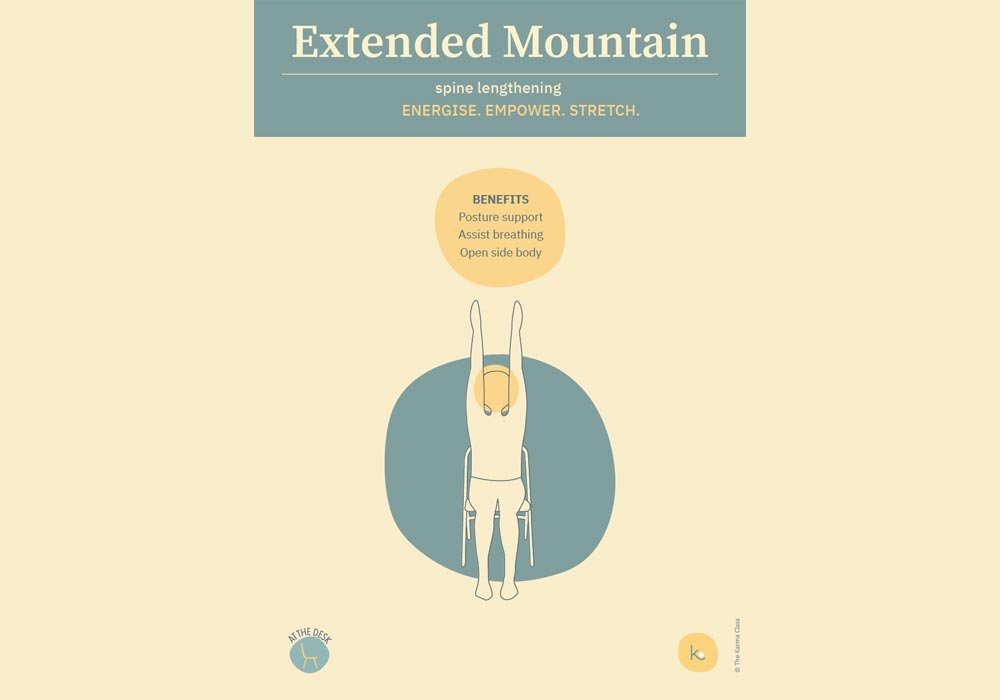
• Sit on your sitting bones towards the edge of your chair with a tall spine.
• Place your feet firmly on the ground, hip width apart.
• Inhale, reach your arms to the sky - sparkle up your hands and fingers.
• Exhale, relax your shoulders down.
• Take 3 deep breaths - feel how spacious and strong you are.
Seated mountain pose
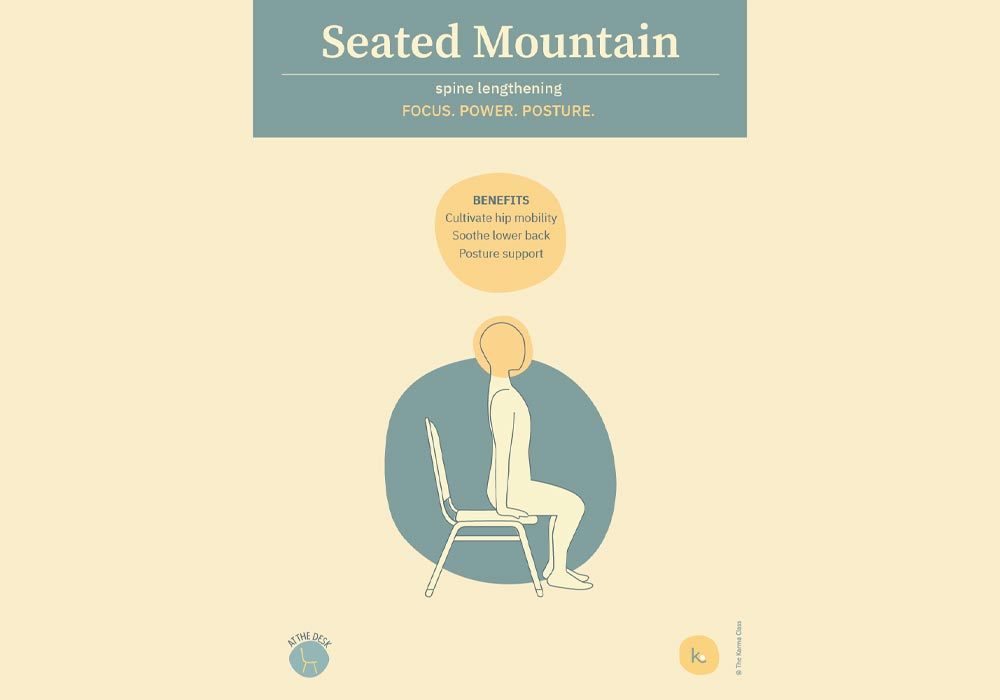
• Sit on your sitting bones towards the edge of your chair with a tall spine.
• Place your feet firmly on the ground, hip width apart.
• Hold onto the edge of the chair with straight arms.
• Inhale, lengthen your whole spine - front, back and sides.
• Exhale, relax your shoulders down.
• Take 3 deep breaths - feel how spacious and powerful you are.
Conclusion
Including daily activities where students are invited to pause and reflect and to move and breathe mindfully, allows them to build a toolbox of skills that they can access to help with managing their emotions, work collaboratively and build confidence and self esteem. These experiences also help them to develop essential life skills - critical thinking, problem solving and communication.
It's super easy to weave daily yoga, breath and mindful activities into our pre and primary classrooms. By doing so, we are not only helping them manage their daily stressors, we are also teaching them important life skills that build resilience and provide positive coping strategies to better manage life’s challenges.
The Karma Class offers a range of health and wellbeing programs based on yoga, breath and mindfulness.
In-school kids yoga classes and specifically for early childhood, primary and high school students and their teachers.

